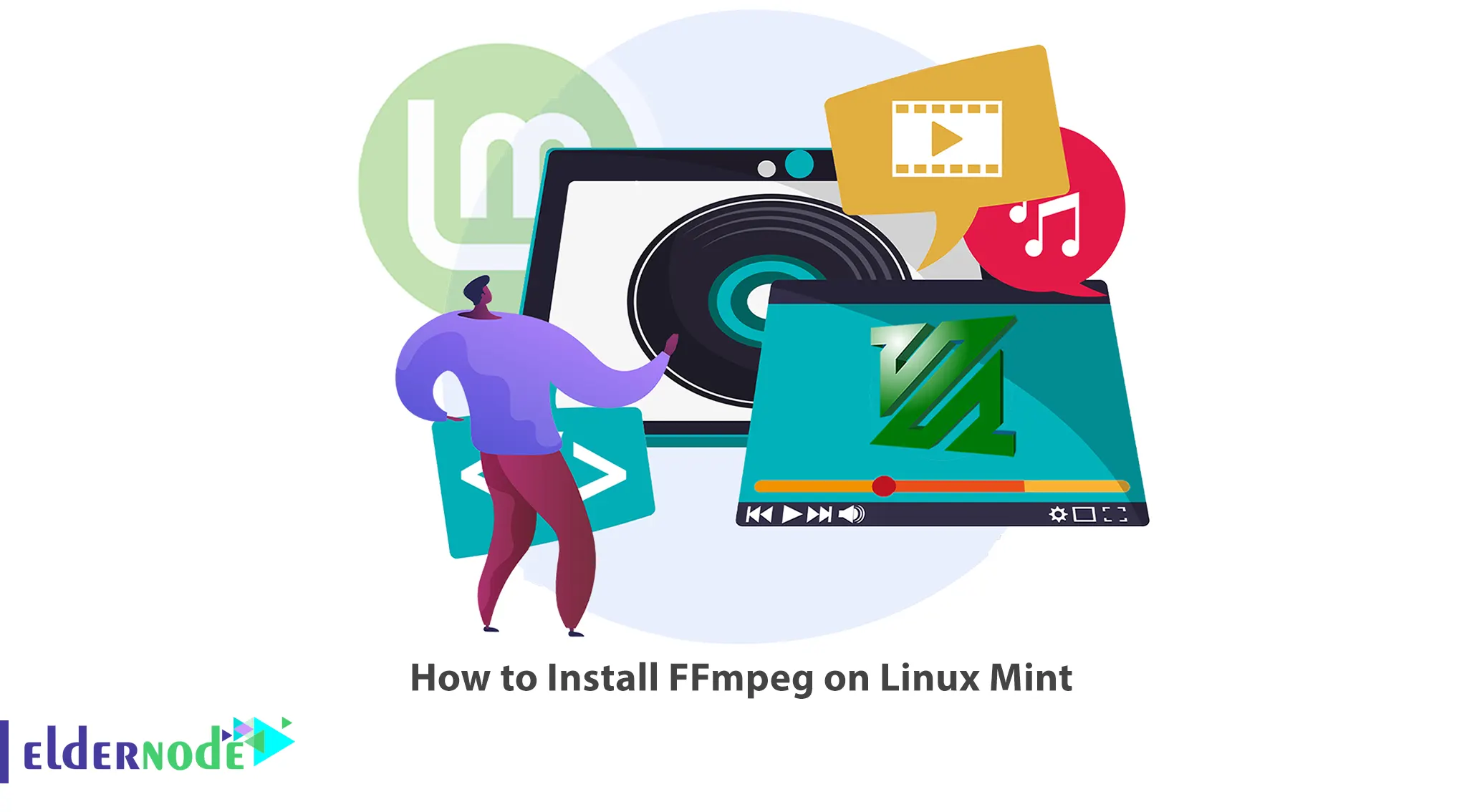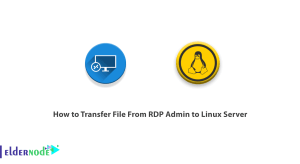
FFmpeg is a powerful multimedia framework that allows you to record, convert, and stream audio and video files. It supports a wide range of formats and is a valuable tool for media professionals and enthusiasts. In this step-by-step guide, we will walk you through the process of installing FFmpeg on Linux Mint, ensuring that you have this versatile tool ready to use on your system. Eldernode provides a cost-effective Linux VPS Server that you can explore and buy from their available package options.
Tutorial Install FFmpeg on Linux Mint
FFmpeg stands for Fast Forward Moving Picture Experts Group and is a popular open-source and free multimedia framework and command-line tool. You can use it for handling audio, video, and other multimedia files on Linux Mint and various other operating systems. Generally, it provides a collection of libraries and programs that enable users to perform a wide range of multimedia-related tasks. This framework can handle both simple and complex tasks. So, this makes it suitable for various use cases, including media conversion, video editing, streaming media, and transcoding.
Installing FFmpeg on Linux Mint
Firstly, update your system repository with the following command:
sudo apt updatesudo apt upgradeNow install the required packages that are required for installing FFmpeg using the command below:
sudo apt -y install dirmngr ca-certificates software-properties-common gnupg gnupg2 apt-transport-httpsNext, you need to import the GPG key that is necessary for all repositories:
sudo apt-get gpg --no-default-keyring --keyring /usr/share/keyrings/rob-savoury.gpg --keyserver keyserver.ubuntu.com --recv-keys E996735927E427A733BB653E374C7797FB006459In case you encounter issues generating the key, you can troubleshoot it by running the following command:
sudo gpg --list-keysAfterward, attempt to import the GPG key into the Linux Mint system again using the previous command.
Now add the FFmpeg PPA repository into your Linux Mint system by importing the existing FFmpeg4 repository. To accomplish this, carry out the subsequent command:
echo 'deb [signed-by=/usr/share/keyrings/rob-savoury.gpg] https://ppa.launchpadcontent.net/savoury1/ffmpeg4/ubuntu jammy main' | sudo tee -a /etc/apt/sources.list.d/ffmpeg-4-rob-savoury.listNext, add the FFmpeg5 repository to your Linux Mint system using the command:
echo 'deb [signed-by=/usr/share/keyrings/rob-savoury.gpg] https://ppa.launchpadcontent.net/savoury1/ffmpeg5/ubuntu jammy main' | sudo tee -a /etc/apt/sources.list.d/ffmpeg-5-rob-savoury.listTo ensure that the new additions and dependencies are properly reflected, update the Linux Mint system once again by executing the following command:
sudo apt updatesudo apt upgradeNow that all the necessary keys and repositories have been added, you can proceed with the installation of the latest release of the FFmpeg tool. Simply, enter the following command:
sudo apt install ffmpegTo verify if FFmpeg has been successfully installed and to check its version, use the following command:
ffmpeg -versionLastly, you can check available Encoders and Decoders. To display the available encoders on your system, type the following command:
ffmpeg -encodersSimilarly, to check the available decoders, execute the command below:
ffmpeg -decodersThat’s it!
Conclusion
By following the steps outlined in this guide, you should now have FFmpeg successfully installed on your Linux Mint system. FFmpeg provides a wide range of multimedia processing capabilities, allowing you to manipulate audio and video files to meet your needs. With this powerful tool at your disposal, you can explore various creative possibilities and enhance your multimedia experience.




